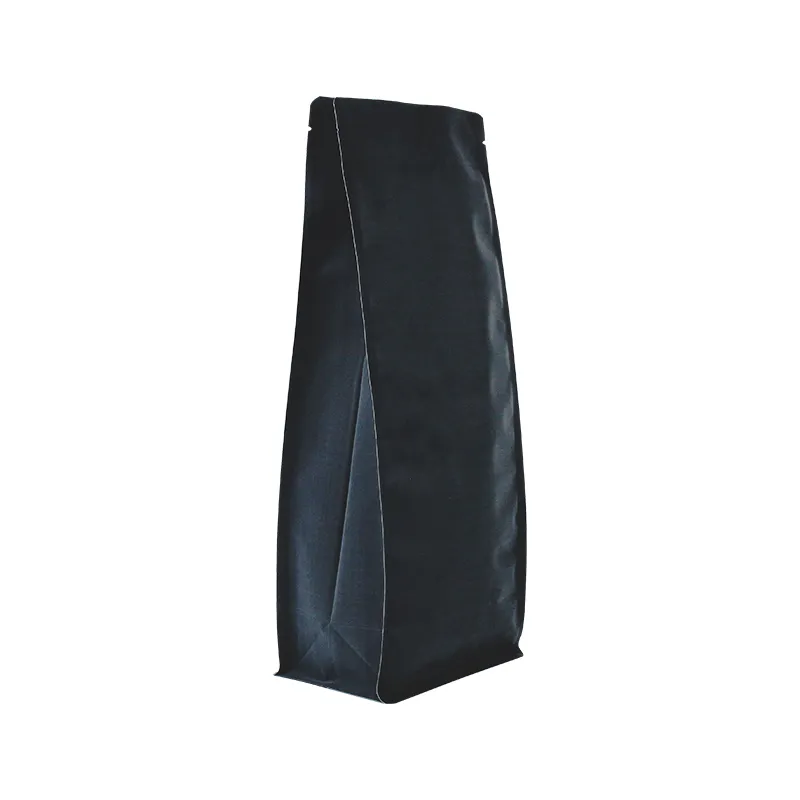Understanding the Process and Benefits of Extrusion Coating and Lamination Techniques
Understanding Extrusion Coating Lamination An Overview
Extrusion coating lamination is a fundamental process in the packaging and materials industry, used to create durable, multi-layered products that exhibit superior strength and barrier properties. This technique integrates the principles of extrusion, coating, and lamination to produce sheets and films that serve various applications ranging from food packaging to industrial uses.
What is Extrusion Coating Lamination?
At its core, extrusion coating lamination involves three primary operations. First, raw materials, primarily plastic resins, are melted and extruded through a die to create a continuous film. This film is then coated onto a substrate, which can be made from paper, cardboard, or other plastics. The final step involves laminating additional layers, which can further enhance the material's properties.
The extrusion process, typically involving materials like polyethylene (PE) or polypropylene (PP), begins as plastic pellets are heated and turned into a molten state. This molten plastic is then forced through a slot die, resulting in a thin film that rapidly cools and solidifies as it is applied to the substrate. The choice of substrate is critical; it affects the performance characteristics of the final product, such as moisture barrier, stiffness, and printability.
Advantages of Extrusion Coating Lamination
One of the primary benefits of extrusion coating lamination is its flexibility in design. Manufacturers can create multi-layer structures that combine different materials to achieve specific properties. For instance, a package may require a combination of moisture barrier, oxygen barrier, and physical strength, which can be accomplished through various polymer layers.
Moreover, the process allows for efficient production speeds, making it suitable for high-volume manufacturing
. The continuous nature of the extrusion process means that large rolls of film can be produced and immediately coated and laminated, minimizing downtime and increasing throughput.Another significant advantage is the sustainability aspect of extrusion coating lamination. With advancements in technology, recyclability has become a focal point. Materials used can often be recycled or made from recycled content, reducing the environmental impact of packaged goods. Furthermore, the lamination process enhances the durability of products, thereby extending their usable life and reducing waste.
extrusion coating lamination

Applications of Extrusion Coating Lamination
Extrusion coating lamination finds its application in a multitude of industries. In the packaging sector, food encapsulation is a prominent use, where the barrier properties of multi-layer films help maintain product freshness and extend shelf life. For example, snack foods and frozen goods are commonly packaged in laminated materials that prevent moisture intrusion and oxygen exposure.
Additionally, the consumer goods industry employs these laminates for products ranging from personal care items to household goods. The aesthetic appeal achieved through printing on laminated surfaces makes products more marketable while also providing necessary protection from physical damage.
In construction and automotive applications, laminated films are utilized for insulation purposes, moisture barriers, and as protective coatings for components. These applications benefit significantly from the strength and durability imparted by the lamination process.
Future Trends and Innovations
As the industry evolves, extrusion coating lamination is experiencing a wave of innovations that address emerging challenges. The demand for biodegradable and compostable materials is driving research into new polymers that can replace traditional plastics while maintaining performance characteristics.
Additionally, advancements in digital printing technology allow for more customized and varied designs on laminated products, enhancing brand differentiation. Smart packaging solutions that incorporate sensors for freshness monitoring are also on the horizon, further leveraging the capabilities of multilayer films.
In conclusion, extrusion coating lamination represents a confluence of technology and creativity in material production. Its versatility, efficiency, and sustainability make it a critical process in developing modern packaging solutions that meet the needs of both consumers and industry players. As the market continues to adapt to environmental concerns and technological advancements, the future of extrusion coating lamination looks promising, presenting new opportunities and applications that will redefine how products are packaged and consumed.













